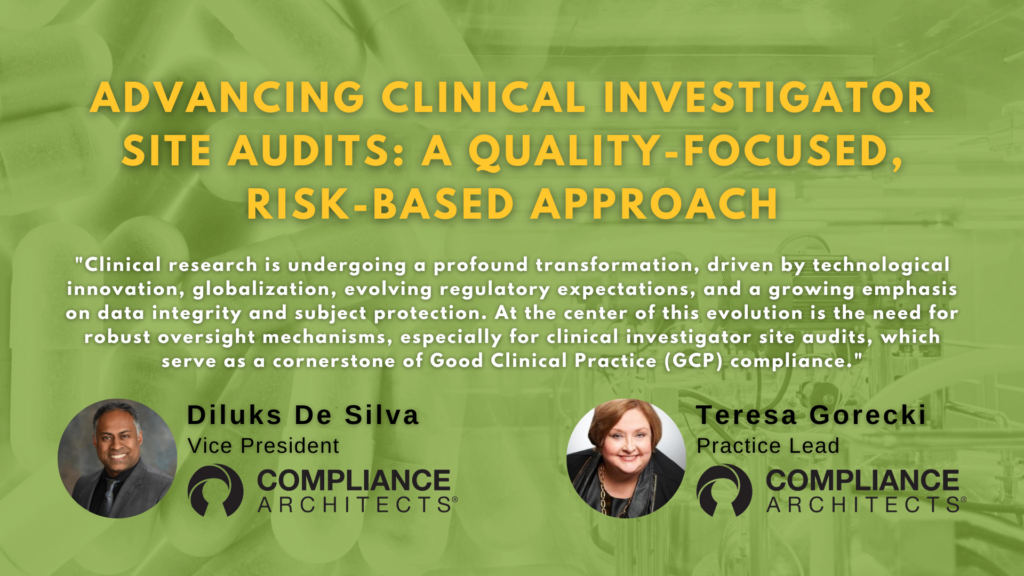The U.S. Food and Drug Administration (FDA) has issued new guidance detailing how it will assign goal dates for abbreviated new drug applications (ANDAs) based on facility readiness for inspection. This move, outlined in the Generic Drug User Fee Amendments (GDUFA) III commitment letter for fiscal years 2023-2027, aims to streamline the review process and ensure timely access to generic medicines.
Table of Contents
Key Changes in Goal Date Assignment
Under the new guidance, the FDA will assign a goal date for reviewing an ANDA based on the facility readiness certification provided on Form FDA 356h. This form, part of the ANDA submission, now plays a critical role in determining when FDA will begin a substantive assessment of the application.
Previously, goal dates were assigned without considering whether the facilities were ready for inspection. However, under GDUFA III, if a facility is not ready for inspection at the time of ANDA submission, FDA will assign a 15-month goal date and defer substantive assessment. This change is intended to prioritize thoroughly prepared applications for the inspection process, optimize FDA resources, and reduce delays.

Facility Readiness Criteria
For a facility to be deemed ready for inspection, it must comply with current good manufacturing practices (CGMP) and must meet the following criteria:
- Operations, methods, and product formulations match those described in the application.
- Data at the facility are complete, accurate, and consistent with the application.
- The facility is prepared for commercial manufacturing.

Applicant Responsibilities
Applicants are responsible for ensuring the accuracy of the information submitted on Form FDA 356h. They must:
- Assess facility readiness before marking the appropriate box on the form.
- Notify each facility that it is listed on the form and whether it has been marked as ready for inspection.
- Certify the completeness and accuracy of the application information when signing Form FDA 356h.
Inaccurate representations of facility readiness can lead to delays or refusals in the application’s approval process. If the “Is the site ready for inspection?” section is left blank or incorrectly marked as “N/A,” FDA will issue an information request (IR) letter. Failure to respond to this IR within the specified timeframe will result in a default assignment of a 15-month goal date.

Goal Date Reassignment
If an ANDA is submitted with facilities not ready for inspection, and the applicant subsequently submits an amendment certifying readiness, the FDA will reassign the goal date. The new goal date will be calculated from the receipt date of the amendment, either as a standard or priority goal date, depending on the specifics of the application.
Addressing Facility Delays
To mitigate delays related to facility readiness, FDA and the industry have set a performance goal to assess and act on 90% of ANDAs within 30 months if the readiness status remains unchanged 30 days before the 15-month goal date expiration. This approach incentivizes the submission of complete applications with facilities ready for inspection.
Conclusion
The updated guidance from the FDA marks a significant shift in how the agency manages the review timelines for ANDAs. By integrating facility readiness into the goal date assignment process, the FDA aims to enhance the efficiency of the generic drug approval process and expedite the availability of generic medicines to the public. Applicants are encouraged to ensure their facilities are inspection-ready at the time of ANDA submission to avoid delays and facilitate a smoother review process.
To learn more about new FDA guidance on facility readiness for ANDA submissions, contact our team by filling out the form below.





